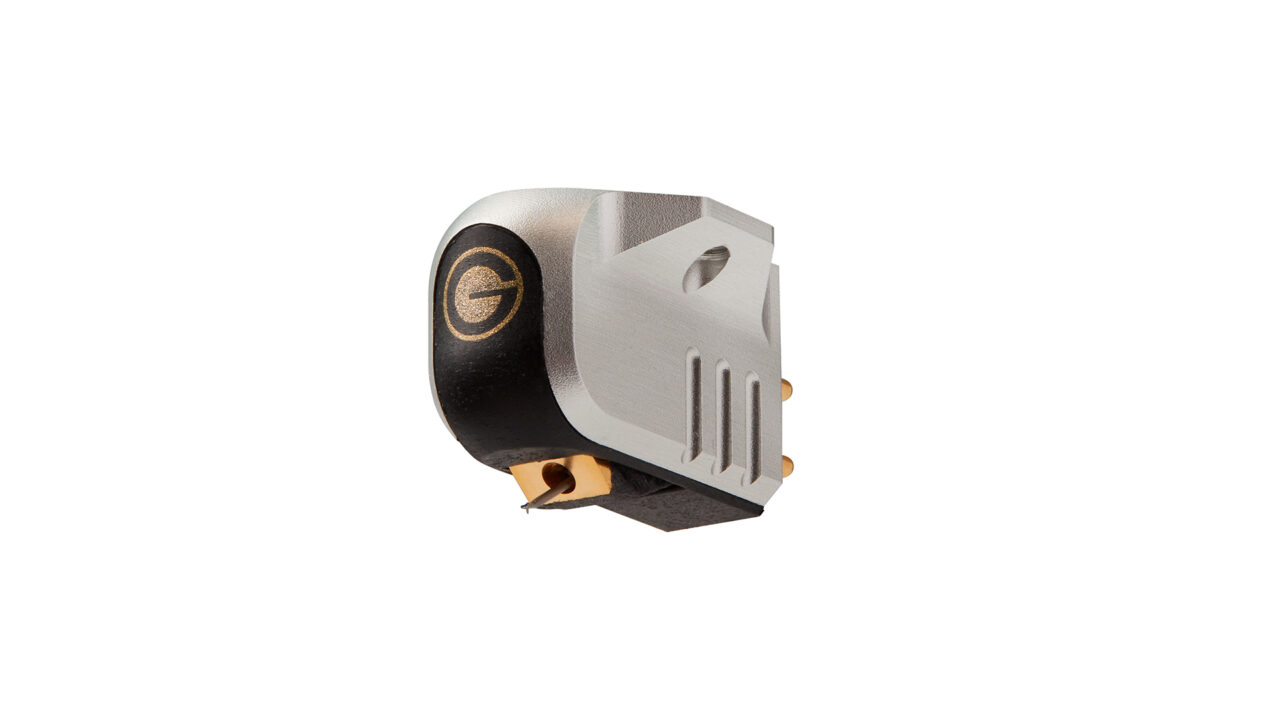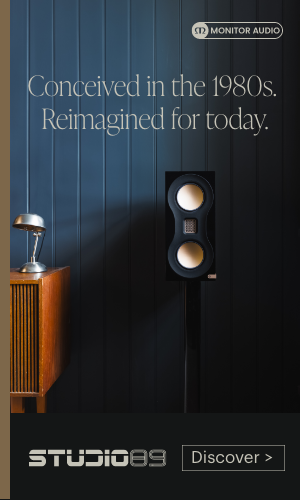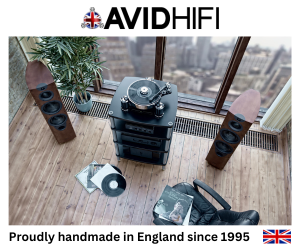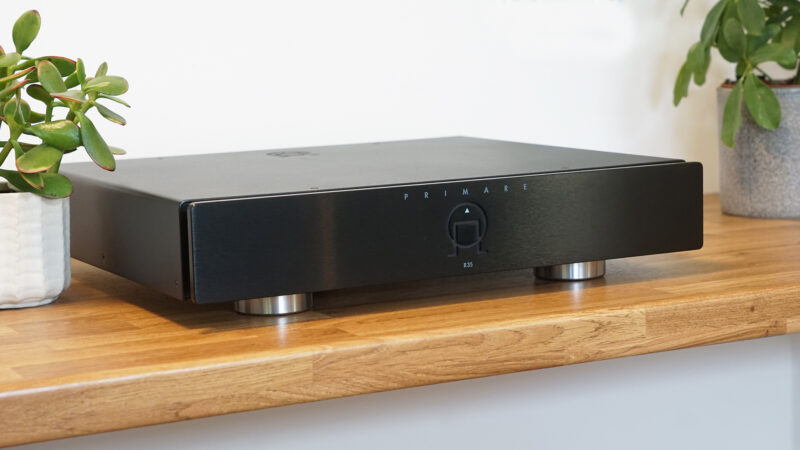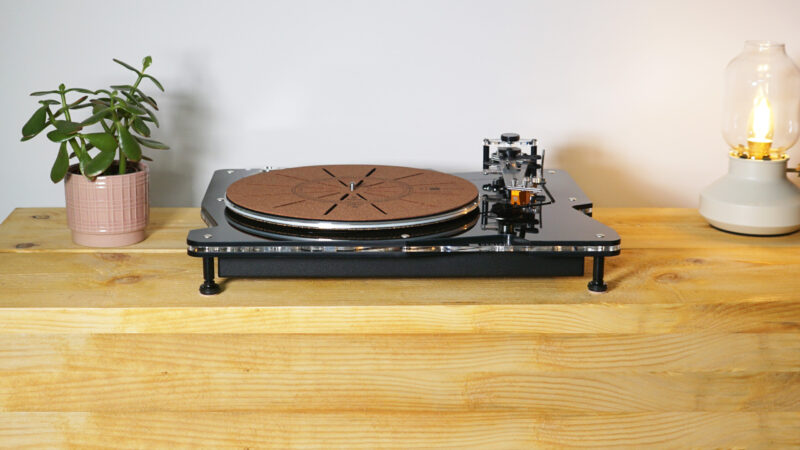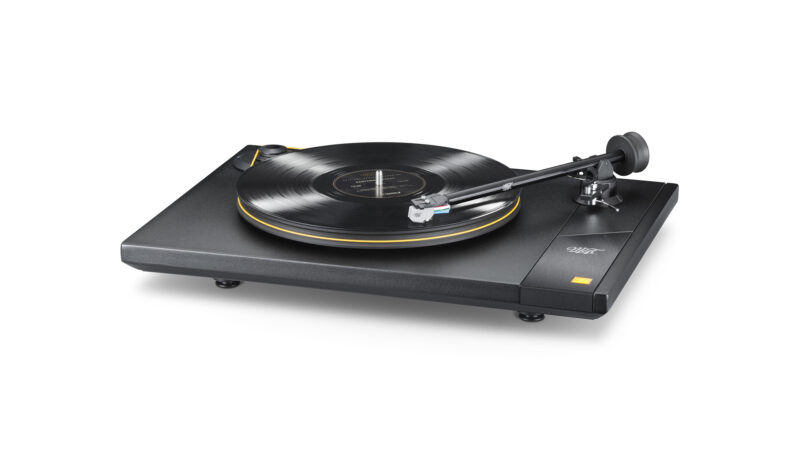Say the name ‘Goldring’ to anyone who’s owned a turntable over the last half century and you’re almost guaranteed a smile and a tale or two in return, of which model they’ve owned/liked/still use, such is the brand’s reputation amongst the entry to mid-level vinyl brigade.
A quick glance through the company’s 100 year history reveals decade by decade ranges that have stood the test of time. So when the brand announced a new flagship moving-coil cartridge in the form of the Ethos, you just knew this was going to be something special.
Of course its top spot on Goldring’s podium has recently been snatched by the £1,299 Ethos SE, which is based on the standard model with upgraded coils and pole-shoes. But it’s the standard model we’re focussed on here, which has almost all of the SE’s tech, but at a little over three quarters of its price, bringing it in at a tad under a grand.
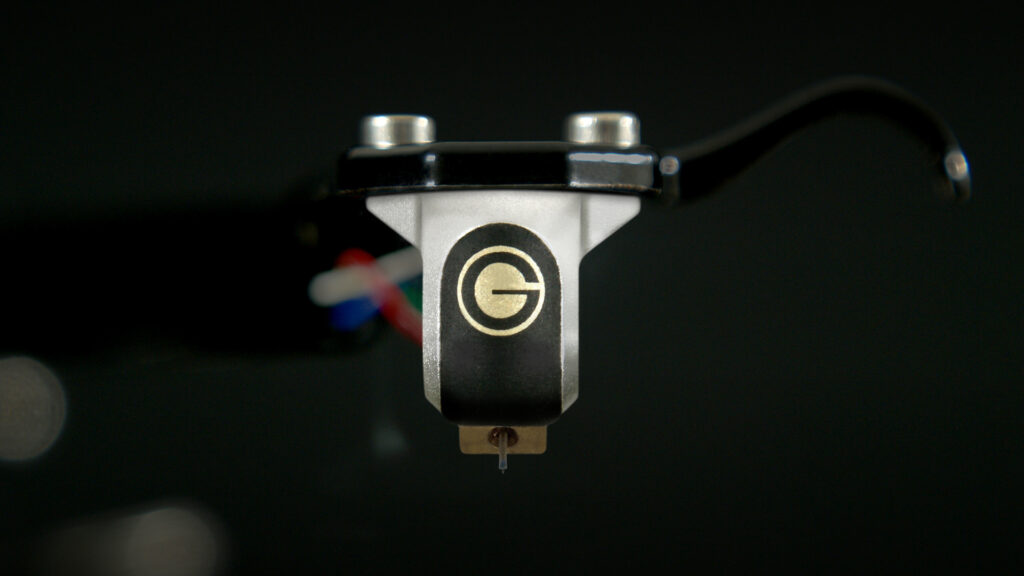
The Ethos features a relatively narrow profile with threaded lugs and parallel sides, making installation relatively easy
There’s also the similar looking Legacy model at £695, which is housed in a magnesium body instead of the Ethos’s alloy carcass, amongst other downgrades.
Why the name? It’s all about the spec sheet, because Goldring has thrown a full suite of its specialist knowledge at this pick-up, representing the company’s very ethos, hence the moniker.
Starting with its carcass, that alloy body is precision-milled from a low density, rigid aircraft grade variant to help maintain a low effective mass while dissipating unwanted resonances.
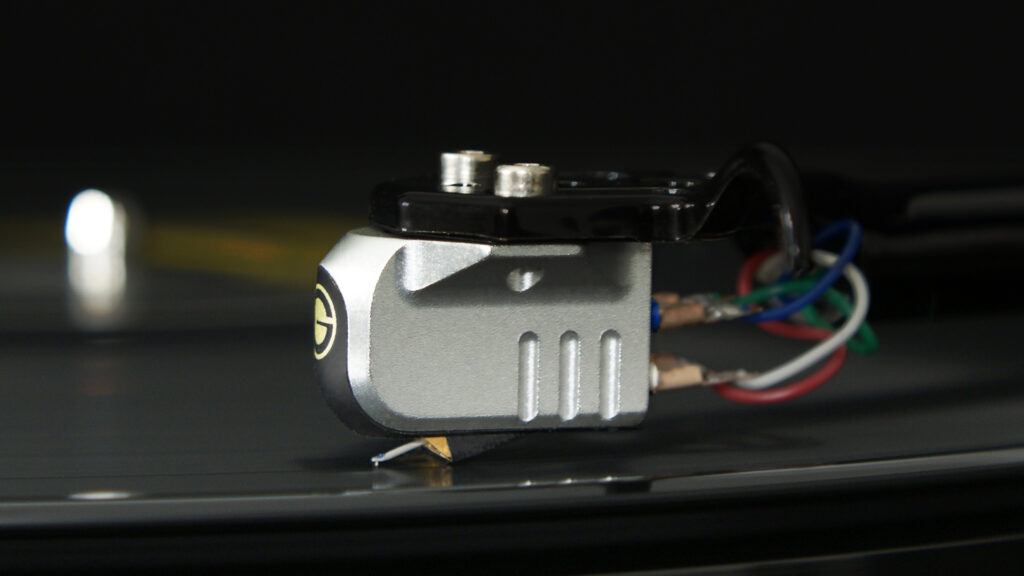
Alloy cantilever with 20 degrees tracking angle and optimised length for ride height sports a vital shank, nude diamond stylus
Say it with diamonds
On a purely practical level the Ethos’s parallel sided body also makes it easy to grip, install and align on most tonearms.
At the business end, a line-contact profiled diamond stylus is its tip of choice because of its relatively large contact area against a record’s groove walls, while its ‘vital’ shaped shank is a low mass design for improved tracking.
For the partnering cantilever, a lightweight alloy tube has been specified with its length carefully tuned for cartridge stability and optimal ride height, while also educing inertia in the cartridge’s suspension system. And for the suspension its bespoke damper pad uses a specially developed butyl rubber compound, combined with a finely tensioned tie-wire for optimal stability during demanding musically complex passages.
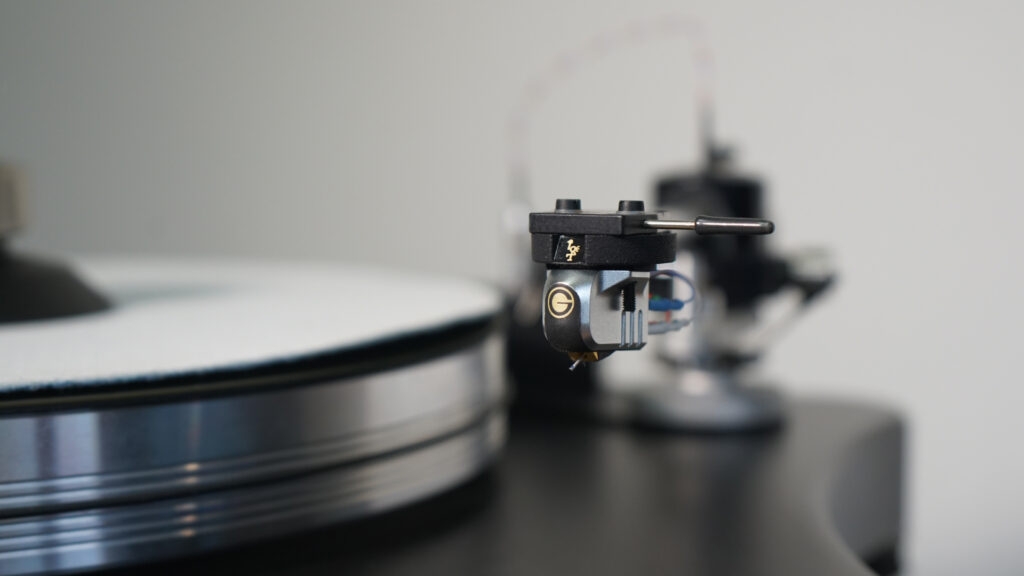
Running the groove on a VPI Scout 21 with 9″ Uni-Pivot tonearm and Funk Houdini isolator
The signal generator sitting at the heart of the Ethos is Goldring’s hand-built GOL-1 moving-coil, sporting a hand-wound, cross-shaped, soft-iron armature of pure, high-permeability, Swedish iron. A neodymium magnet is then clamped between two pole shoes in a bid to create a perfectly uniform magnetic field gap, within which the cross armature is suspended.
Installing the Ethos is thankfully easy as there’s plenty to grab on, while a full size stylus guard provides piece of mind as you bolt it in place and connect the signal wires. And while its rear connector pins aren’t as widely spaced as some rivals’, they’re well made and colour coded for ease.
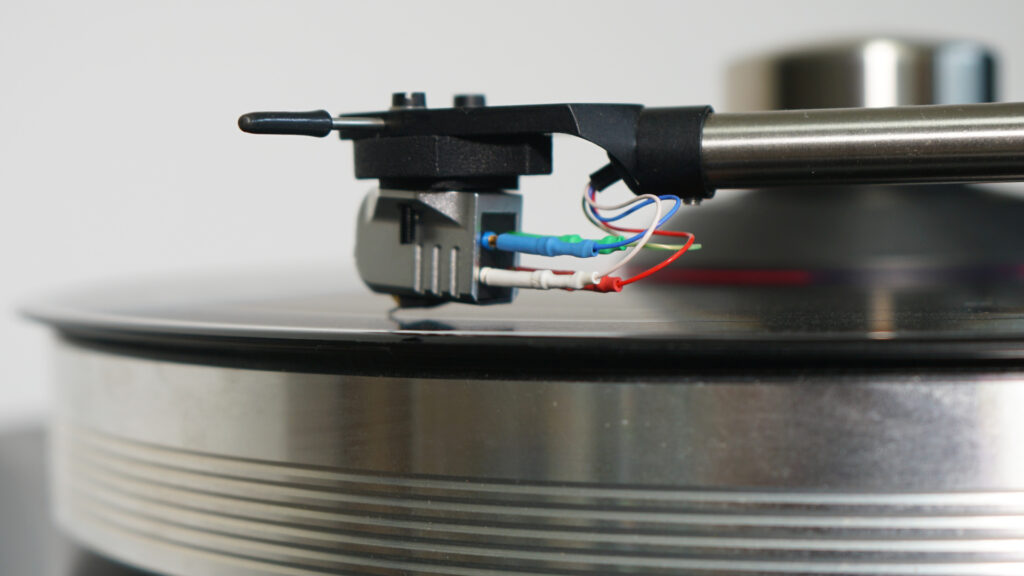
Rear cartridge pins are easy to access with colour coded rings to ensure it gets hooked up correctly
Performance
Kicking off with the Ethos bolted to my VPI Scout 21 test rig’s 9″ uni-pivot tonearm reveals the Goldring to be an accommodating partner. Feeding a Primare R35 phono stage with its resistance set to 100 ohms and gain at 66dB, provides the Ethos with the most consistent blend of punch, articulation and low frequency power. Other partnering gear is a Rotel Michi X5 amp and ATC SCM100PSL loudspeakers.
With its tracking force dialled in to 1.78g, the Ethos’s dynamic compliance of 15mm/N seems a good match for the VPI’s 10.2g effective mass which, like most modern tonearms, is at the lighter end of the moderate range.
First impressions are inevitably how the Goldring compares to my reference Benz Micro ACE SH (high output moving-coil) which usually occupies the Scout deck by default, and has become my vinyl touchstone.
Spinning the title track from Bob Marley & The Wailer’s Exodus and what’s immediately clear is now the Goldring’s presentation is less laid back and more lively than the Benz, with greater dynamics and detail. It’s not that the Goldring is more forward sounding than the Benz which was my initial presumption, as more time spent reveals that the difference is in how the Ethos is able to pull more from the mid and high-frequencies, which begs more of your attention than the Benz, because there’s simply more to focus on. And this is borne out especially through how it images Marley’s vocals, with the subtle echo surrounding them being more clearly defined, highlighting how he’s less closely mic’d than many a singer, well as via the Benz he simply sounds quieter and a little lost in the mix.
And yet despite the extra clarity that the Goldring beings, it’s still a smooth sounding cartridge, which I would have described as ‘mature’ sounding over its first 30 hours or so of use. But once you get past this break in period it really opens up, with a greater sense of flow and rhythm.

Ethos in full swing, give it time to run in and you’ll reap more of its sonic benefits
Future Islands’ People Who Aren’t There Anymore LP initially sounded a bit sterile via the Ethos fresh from its case, but revisiting it a few weeks later and its a different ball game. Spinning The Thief for example and there’s a much greater sense of building drama compared to earlier album plays, as the synthesisers are afforded more space and depth to their notes, which hang in the air with that bit more purpose now that the cartridge is fully run in.
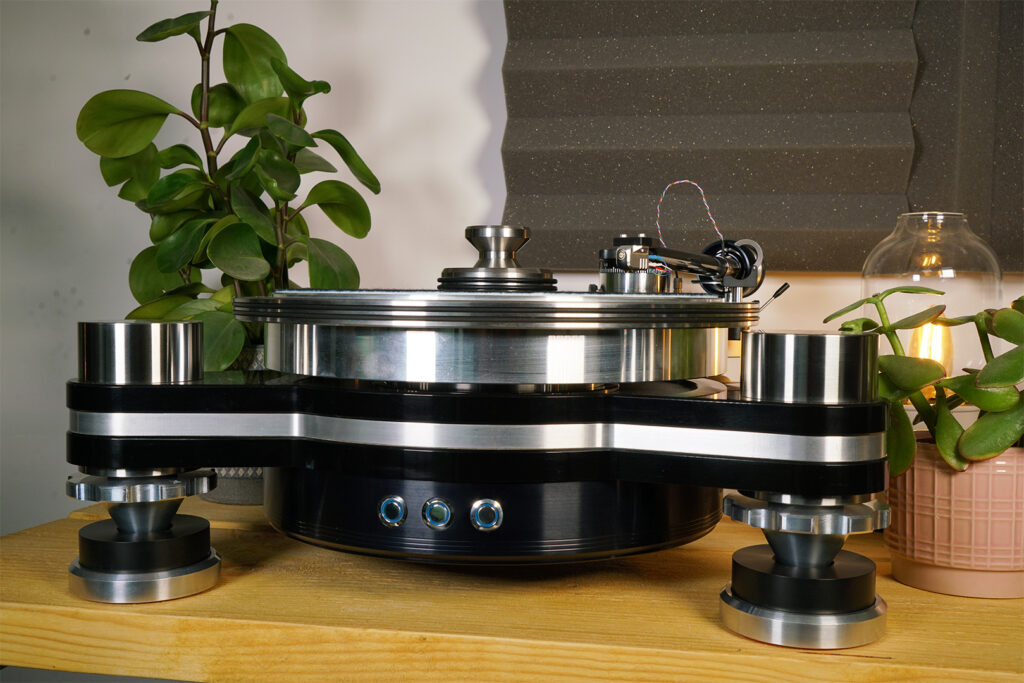
Ready for take off aboard a VPI Avenger Direct with 12″ Fatboy gimbal tonearm
Given the quality of what the Goldring does across the board, I didn’t think twice about pairing it with VPI’s class leading Avenger Direct while on test which reveals two things: Firstly how the cutting edge VPI plays to each cartridge’s strengths, rather than dwell on any weaknesses and secondly; how comfortable the Golding is in much more exalted company. While the Avenger will clearly welcome cartridges costing five times as much, you don’t feel in anyway short changed with the Ethos gracing its arm.
Even with lesser pressings such as R.E.M.’s Green, which is a recording that can sound a little lightweight and harsh on hi-end systems, the Goldring strikes the right balance of not softening the edges and letting the album’s energy shine through, without becoming fatiguing. I Could Turn You Inside Out for example has live-like levels of swagger with a rawness to the guitars that’s like a rottweiler straining at its leash, but there’s also a depth to it across the midrange to back it up, which makes the music sound more cohesive than what I’m used to hearing on lesser pick-ups.
And musical cohesion could be this cartridge’s sonic strapline, as while rival pick-ups will major on more details and others are sweeter at the extremes, few at this price point are as consistent across the board.
I Am Kloot’s Same Deep Water As Me from their self-titled 2003 album allows the Ethos to prove this point perfectly. With its mix of accented lyrics, simple guitar hooks, accomplished backing strings and shuffling percussion, it presents a varied musical picture to paint. And that’s exactly what the Ethos does, with nothing overly favoured and nothing overlooked, making it a delightful blend of everything sounding as it should, laying the foundations for the horn section to come in with ample space to fill the soundstage as the song reaches its climax. And it’s this skill set that reveals the Ethos charm as an orchestral conductor, making sure everything is considered and brought together as a whole that’s greater than the sum of its parts.
In Summary
With its spec sheet and performance, this cartridge by any other brand would be coming at you with a much bigger price tag.
I can think of few, if any, moving-coil pick-ups at this level that can provide the musical detail, dynamics and overall consistency of the Ethos, while also being so easy to live with across a wide range of musical genres – highly recommended.


